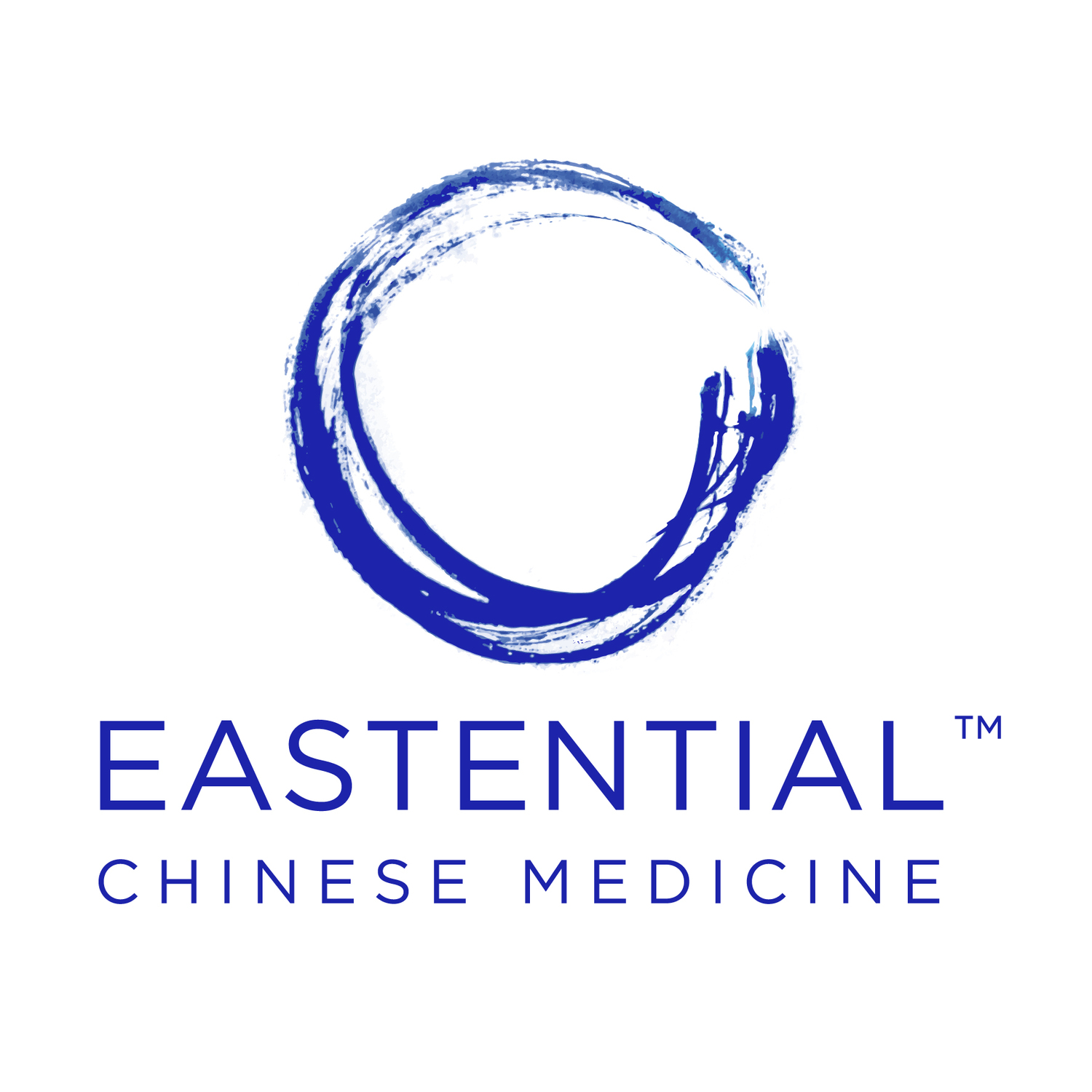Endometriosis is a condition in which the endometrium lining (interior lining of the uterus) is found outside of the uterine cavity causing inflammation, adhesion and cysts. It is estimated that endometriosis affects 1 in 10 women, which is 200 million women worldwide (1). It is one of the leading causes of school absences in teenager and per-teen girls, and days off work for adults. Endometriosis lesions can be found anywhere and is not limited to only outside the uterine cavity. Lesions can be found in ovaries, fallopian tubes, pelvic side walls (peritoneum), uterosacral ligaments, cul-de-sac, Pouch of Douglas, rectal-vaginal septum, bladder, bowel, intestines, colon and rectum (2).
The most common symptom associated with endometriosis is pain. For many women, having endometriosis is a lifetime challenge in managing symptoms which include but not limited to severe stabbing to dull pain before, during or throughout the menstrual cycle. Endometriosis can disrupt anatomic, hormonal and immunologic environment causing a variety of symptoms such as pelvic pain, dysmenorrhoea (painful period), painful intercourse, difficulty in bowel movements, painful urination, abdominal masses, ovarian cysts and infertility (3 & 4). Treatment for endometriosis are hormone therapy (Gonadotropin-releasing hormone medicine, oral contraceptive pill, Progesterone and progestin pill), pain medication (nonsteroidal anti-inflammatory drugs NSAIDS) and surgery (laparoscopy) (5).
From Chinese medicine perspective, endometriosis falls under the category of Tong Jing (painful period) and Zheng Jia (abdominal masses). As there were no lab tests or ultrasound available back then, physicians of Chinese medicine relied on signs and symptoms, and abbominal palpation to aid in figuring out patterns of disharmony. In my clinic, I have seen a fair few of endometriosis patients. Majority were diagnosed with endometriosis and to some extend, patients that came in for severe period pain managements were told to have have test done by their doctor on the suspicion of endometriosis. Each patients are often presented with different qualities, presentations and location of pain together with other symptoms such as abdominal pain, constipation, bloating, anxiety, depression etc. There are six patterns associated with endometriosis and each patterns are managed differently through acupuncture and herbal medicine. The six patterns are (3):
Liver Blood Stasis - intense stabbing pain before or during period aggravated by pressure, hard and immovable abdominal masses on palpation, pain is generally relieved after passing clots. Menstrual blood is often dark brown with large clots and is often accompanied with mental restlessness
Damp-Heat - hypo-gastric pain before the period, sometimes during mid-cycle. There is a burning sensation extending to the sacrum. Menstrual blood is bright red with small or stringy clots with thick and sticky consistency
Blood Stasis due to Heat - intense, stabbing and possibly burning pain that may be constant or intermittent throughout the cycle. Pain is relieved by passing out clots. Menstrual cycle may be short with heavy bleeding of bright red blood and large clots. Accompanied symptoms are anger, headaches, insomnia and restlessness
Blood Stasis due to Cold - dull aching pain throughout the cycle and during period. Menstrual blood is dark red with clots, pain is aggravated with pressure and touch but is relieved with application of heat source such as hot water bottle or wheat bags. Accompanied symptoms are cold limbs, sensitivity and aversion to cold
Blood Stasis and Phlegm - chronic pain throughout the menstrual cycle becoming excruciating painful before and during the period. Menstrual bleed can be hesitant at the start becoming very heavy, sticky and clotted. There may be sticky and heavy vaginal discharge, poor digestion and tiredness
Kidney Yang Deficiency - painful period with abdominal pain relieved with pressure and heat. Menstrual blood is pale, watery and light. Accompanied symptoms are water retention and bloating before period, dizziness, frequent urination, low libido, feeling cold, lower back pain.
It is believed that 30-50% of women suffering from endometriosis are infertile. There are no evidences that suggest that a combination of medical-surgical treatments significantly enhances fertility (6). Current research on the efficacy of Chinese medicine and acupuncture of infertility due to endometriosis is sparse however, a questionnaire conducted during the World Congress of Integrative of Medicine and Health in 2017 with 133 patients, result had shown that 86.2% of endometriosis sufferers had used complementary procedures, of which 46.9% for the treatment of infertility. The most frequently used complementary therapy was Traditional Chinese Medicine (51.1%) and acupuncture (60.3%). It is suggested that further research and and randomized controlled studies to further investigate the effectiveness of complementary procedures are highly warranted (7).
Chinese medicine and acupuncture is very effective in managing endometriosis if you would like avoid hormone therapy or NSAIDS. It is also very effective in keeping the re-occurrence of endometriosis after a laparoscopy (there is no cure for endometriosis). If you would like to understand how Chinese medicine and acupuncture can help manage your endometriosis symptoms or if you are looking at fertility issues with regards to endometriosis, I would be happy to have a chat with you in my clinic. Simply book online for a FREE 15 minutes Complimentary Consult or book in for a consult and treatment today.
References:
About Endometriosis. www.endometriosis.org
What is Endometriosis? www.endomarch.org
Wu, Y. et al. (2019). Female Infertility & Reproductive Gynaecology: A Comprehensive Clinical Manual of Integrated Chinese Medicine and Biomedicine. The Journal of Chinese Medicine Ltd. UK
Vercellini, P. et al. (2014). Endometriosis: Pathogenesis and Treatment. Abstract from PMID:24366116. www.ncbi.nlm.nih.gov/pubmed
What are the treatments for endometriosis? www.nichd.nih.gov/health
Bulletti, C. et. al. (2010). Endometriosis and Infertility. PMID: 20574791. www.ncbi.nlm.nih.gov/pubmed
Grzanna, N et. al (2017). P62 Relevance and Acceptance of Naturopathic and Complementary Medicine in Women Suffering From Endometriosis
World Congress of Integrative Medicine and Health: Part Two, Berlin, Germany. PMCID: PMC5498867. www.ncbi.nlm.nih.gov/pubmed

